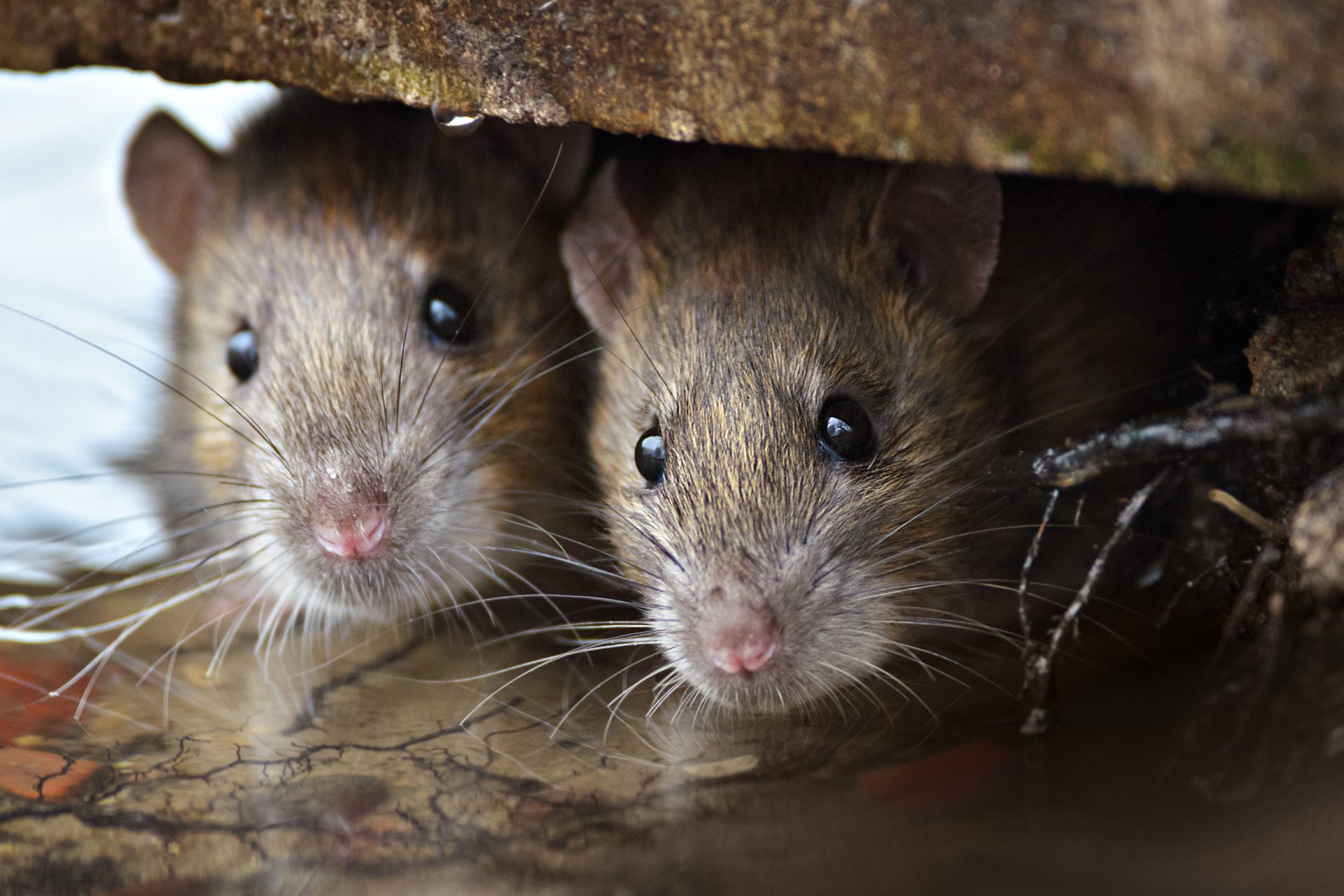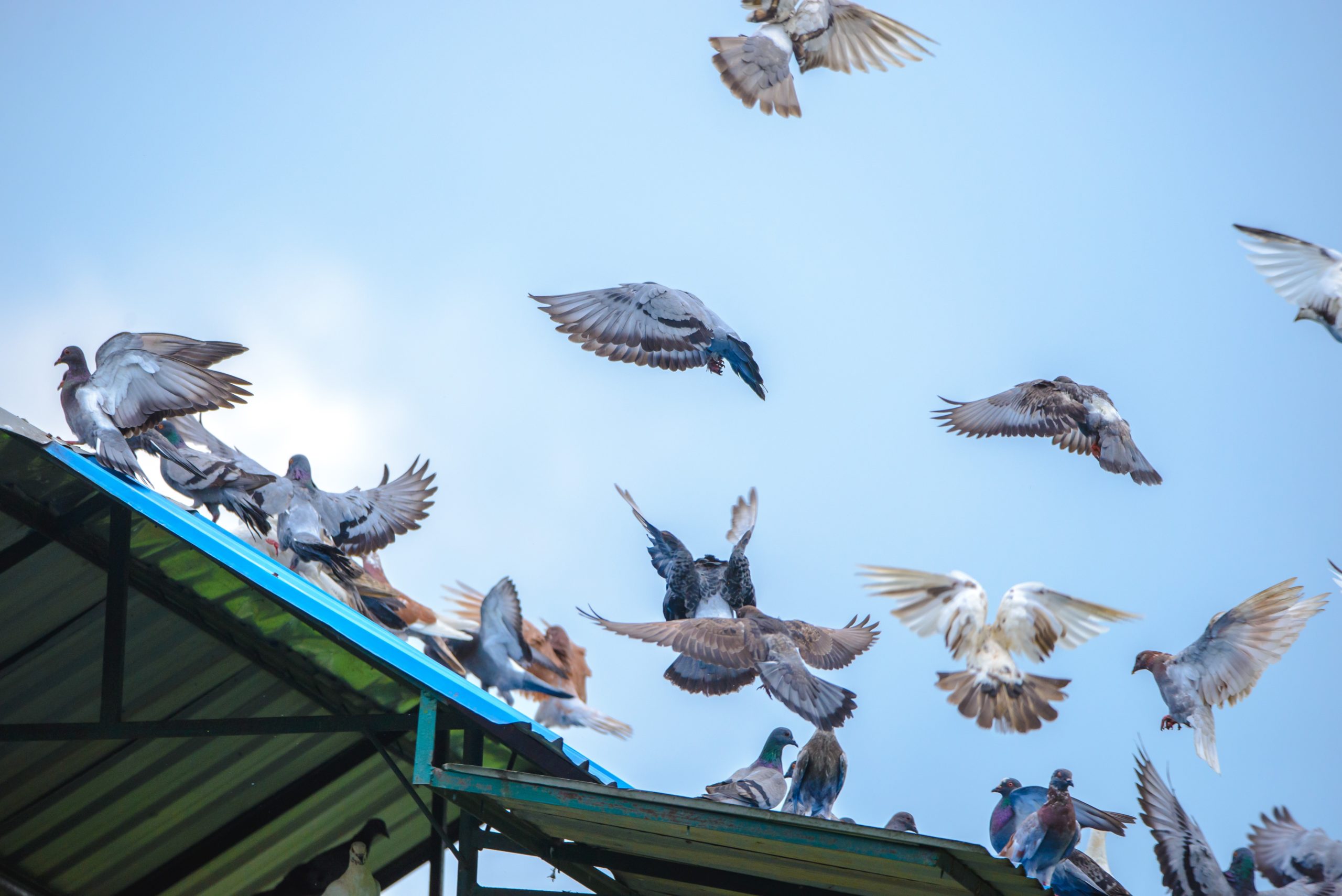As cities continue to expand, wildlife is often pushed out of their natural habitats and into urban areas.
This can lead to conflicts between humans and animals, as well as potential dangers for both parties. However, it is possible for humans and animals to coexist in cities. In this blog post, we will explore how to coexist with animals in cities, from rats to coyotes.
Firstly, it’s important to understand that animals are not intruders in our cities – they have simply adapted to the changing environment.
It’s also crucial to recognize that animals have their own lives and needs. As we share the same space, we need to respect them and their habitats.
To coexist with rats, it’s important to maintain clean environments, especially in areas where garbage accumulates. Rats are attracted to places with a lot of food waste. Properly disposing of food waste and securing garbage cans can reduce the number of rats in the area. Additionally, sealing gaps and holes in buildings can prevent rats from entering homes.
 Birds are another common urban animal. If you want to attract birds to your garden or balcony, you can plant native plants that provide food and shelter. You can also put up birdhouses or bird feeders. However, it’s important to be mindful of how you feed birds – if not done correctly, it can attract rats and other pests. You should also avoid feeding birds bread as it is not a healthy diet for them.
Birds are another common urban animal. If you want to attract birds to your garden or balcony, you can plant native plants that provide food and shelter. You can also put up birdhouses or bird feeders. However, it’s important to be mindful of how you feed birds – if not done correctly, it can attract rats and other pests. You should also avoid feeding birds bread as it is not a healthy diet for them.
 Squirrels are also prevalent in many cities. Although they are often seen as a nuisance, they are an important part of the ecosystem. Squirrels can help plant trees by burying nuts, and they also serve as a food source for other animals. If you want to discourage squirrels from eating from your bird feeders or garden, you can place squirrel-proof bird feeders and install mesh or netting around your plants.
Squirrels are also prevalent in many cities. Although they are often seen as a nuisance, they are an important part of the ecosystem. Squirrels can help plant trees by burying nuts, and they also serve as a food source for other animals. If you want to discourage squirrels from eating from your bird feeders or garden, you can place squirrel-proof bird feeders and install mesh or netting around your plants.
 Coyotes are becoming increasingly common in urban areas. While they may be intimidating, they are generally not a threat to humans. If you encounter a coyote, it’s important to not approach them and to keep pets on a leash. Coyotes are attracted to small animals, so keeping cats and small dogs indoors at night can prevent them from being attacked. You should also secure garbage cans and compost bins to prevent coyotes from scavenging for food.
Coyotes are becoming increasingly common in urban areas. While they may be intimidating, they are generally not a threat to humans. If you encounter a coyote, it’s important to not approach them and to keep pets on a leash. Coyotes are attracted to small animals, so keeping cats and small dogs indoors at night can prevent them from being attacked. You should also secure garbage cans and compost bins to prevent coyotes from scavenging for food.
 Another important consideration is how we interact with animals.
Another important consideration is how we interact with animals.
It’s important to not feed wild animals, as it can change their behavior and make them dependent on humans for food. Feeding animals can also attract pests and create health hazards. Additionally, it’s important to not disturb animals or their habitats. This includes not removing nests, burrows, or habitats, and avoiding loud noises or bright lights that can disrupt animals’ natural rhythms.
Lastly, if you do encounter an injured or sick animal, it’s important to not approach it.
Instead, contact your local animal control or wildlife rehabilitation center. These organizations have trained professionals who can handle the situation safely.
In conclusion, it is possible to coexist with animals in cities.
By understanding their needs and habitats, we can take steps to reduce conflicts and promote harmony. Maintaining clean environments, planting native plants, and using deterrents can help discourage pests and attract beneficial animals. Additionally, being mindful of how we interact with animals and contacting professionals in case of emergencies can help promote a safe and healthy coexistence between humans and animals.
Install MyStart Theme for Google Chrome










